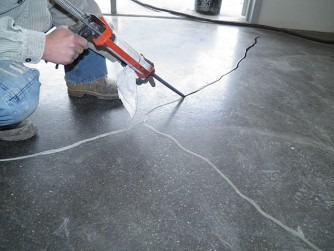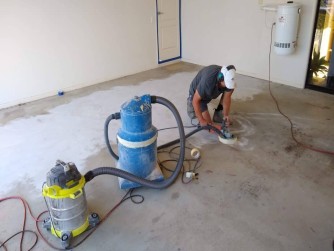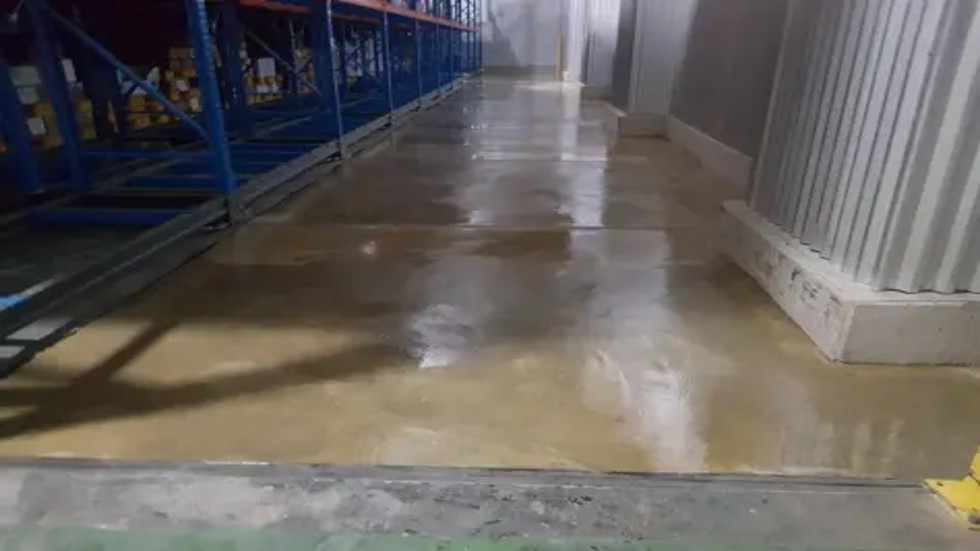
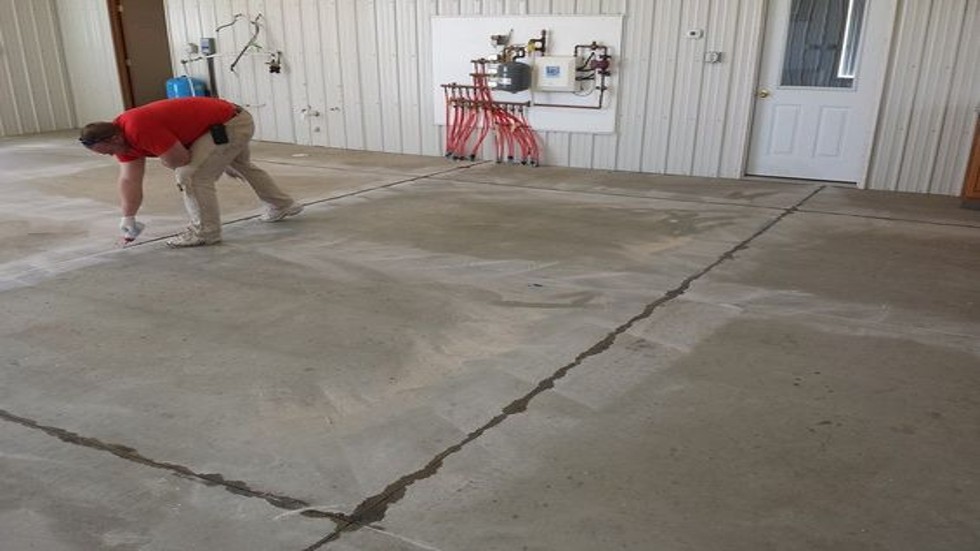
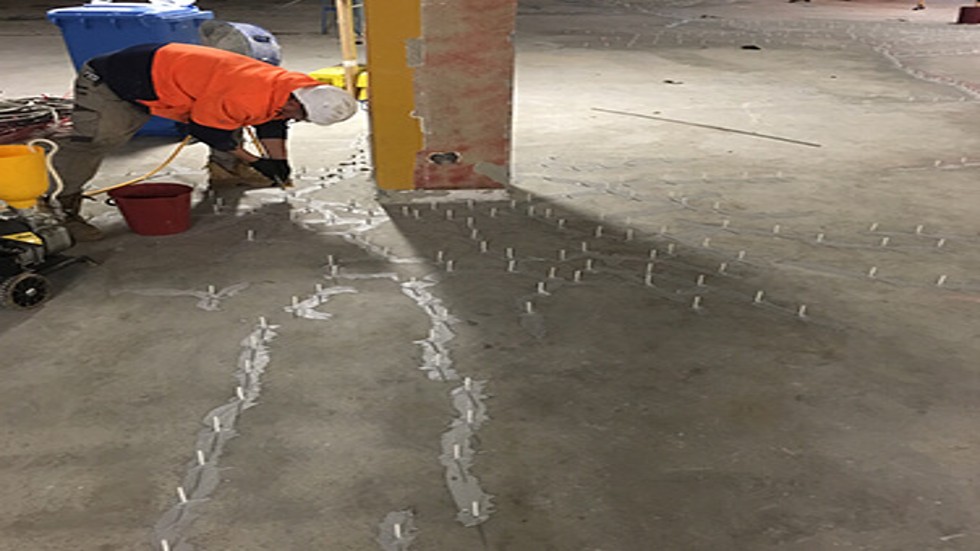
Joint Repair
Movement joints are often referred to as “expansion joints” but accommodate both expansion and contraction of building elements. In industrial environments they are often damaged from heavy trafficking by forklift trucks, AGVs, VNA trucks, trolleys and moving machinery – particularly if they have nylon wheels. The edges of the slab can crack, crumble and break-off and /or the joint sealant can fail.
Method For Repairing Joints In A Concrete Floor
Saw cut on either side of the movement joint at a minimum distance from the joint of 50mm
Remove all damaged sealant and joint filler/fiberboard.
Remove the damaged concrete to provide a sound flat bottom to the area.
Prime the sides and base of the repair with epoxy resin primer.
Mix and apply epoxy resin mortar to reform the joint shoulders flush with the traffic surface. Fiberboard can be used as a permanent internal shutter or use timber faced with plastic which can be removed from the joint after the mortar has hardened.
Joint Sealant Installation
After the repair mortar has hardened remove the fiber board to the required depth.
Prime the vertical sides of the joint (this depends on the sealant to be used.) Allow primer to become touch dry.
Apply the sealant to the joint and tool to finish to the correct level.


